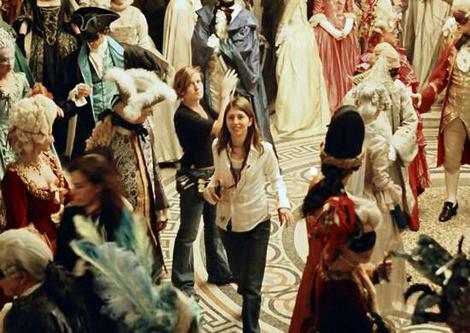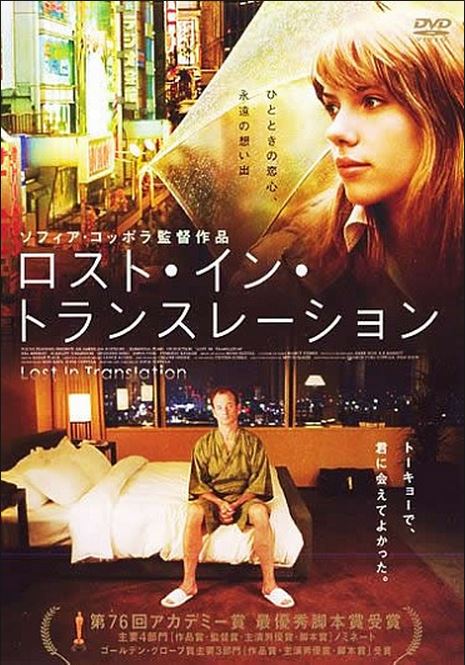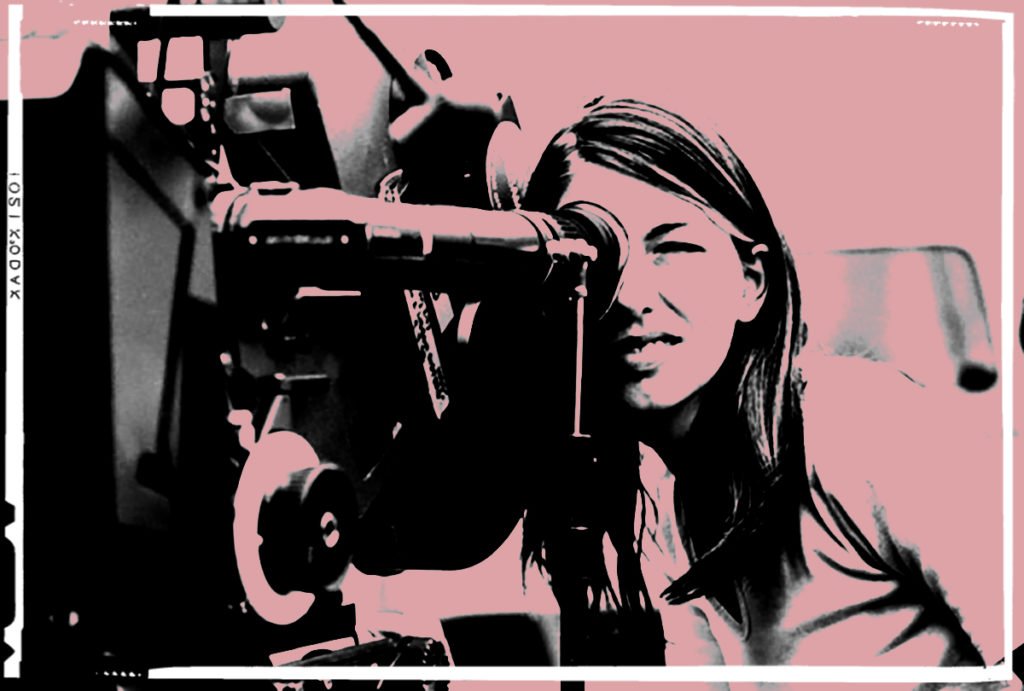Sofia Coppola’s Design in Translation
There is an undeniable whimsy that defines the aesthetic of director Sofia Coppola. This inspirational woman won the 2017 best director at Cannes for her work on the Civil War thriller The Beguilded. Coppola’s artistic design is always a huge presence in her movies, and immediately creates a sense of return regardless of the storyline.
With a focus on minimal dialogue, Coppola seems more a designer than other directors. Emoting the human spirit through eye-catching aesthetic themes, the director not only creates a visual astuteness to her work, but deftly entrenches viewers into her dreamlike vision beyond the story’s narrative.

Deep pinks and blues filter the normalcy of the world in her works. From the bustling streets of Tokyo in Lost in Translation to the operatic stage in La Traviata to her short films for Christian Dior, Coppola uses precocious details to translate her dreamlike thoughts to the screen and stage. Natural light offsets the subtle pastels in an atmosphere of a lucid dream, as her films’ protagonists navigate their own hubris and external conditions – creating an unforgettable tension for the viewer, ensnared by beauty by perhaps disturbed by an edgy plot.
One of the most strikingly visual aspects of Coppola’s work is the way in which her design elements mirror the characters’ internal worlds. In Marie Antoinette, the lavish queen’s life begins with a candy-bright palette and images of cakes, intricate décor and fanciful shoes. Audience members visually note the fall of the French aristocrat when deep blues, purples and pared-down backdrops overtake the filmscape.

Good design is more than the expression of your personal aesthetic preferences or even the presentation of pure beauty; done well, it transports audiences into a new world where meaning and functionality connect with gorgeousness and feeling. With every minute detail, a design can take new shape and life. Sofia Coppola’s profound sense of style – from her cinematography to the music, typography and her own personal fashion sense – are an inspiration on every level for filmmakers and designers alike. Her effortless and non-assuming public persona add an air of mystery and underline her artistic authenticity.
I admire Coppola’s work because of her designer eye. I take note of her choices – each detail is a decision – and attempt to bring this same level of care to my own work in two-dimensional formats.

